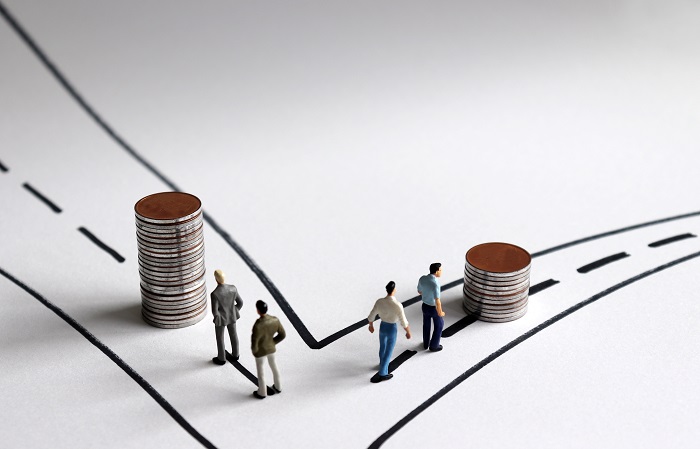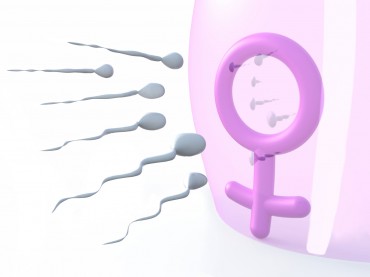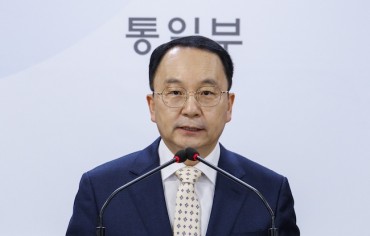
Wage disparity will be calculated based on business scale and type, sex, age, academic career and length of service. (Image credit: Kobiz Media/Korea Bizwire)
SEOUL, Sept. 5 (Korea Bizwire) — The government on Thursday said it plans to introduce a system to make public the country’s wage distribution, for the first time, in December in a bid to narrow severe wage disparity among workers.
The system is part of a set of measures worked out by the government and the ruling party to advance the government’s “fair economy” policy.
The labor ministry plans to announce wage differential in December this year and annually sometime in the latter half on a regular basis starting next year.
Wage disparity will be calculated based on business scale and type, sex, age, academic career and length of service. Average, median, top 25-percent and top 75-percent wages will be open to the public via the system.
“The disclosure will enable workers to grasp average wages by industry,” the ministry said.
“(We) expect the system to curtail wage gaps in the long run as it will make workers demand pay raises when their wages are lower than average, or refrain from such demands when theirs are higher than average.”
To reveal wage distribution has been a long-standing demand from labor and women’s groups, and is one of the Moon Jae-in government’s core policy goals.
According to data released by the labor ministry in April, the average wage of regular workers was 21,203 won (US$17.70) per hour as of June last year, 1.5 times higher than 14,492 won of irregular workers.
Regular employees at companies that employ 300 or more workers received 33,232 won an hour, 1.8 times higher than 18,873 won of their counterparts at small companies that employ fewer than 300.
A top 20-percent average wage in five groups was 4.67 times higher than a bottom 20-percent one, the data showed.
Business circles are negative about the system overall.
They worry that the system could fan a sense of relative deprivation among workers, intensify labor struggles for more payments, and reveal corporate secrets.
At present, advanced nations, including Britain, Austria and Switzerland, are reportedly implementing the system.
(Yonhap)






